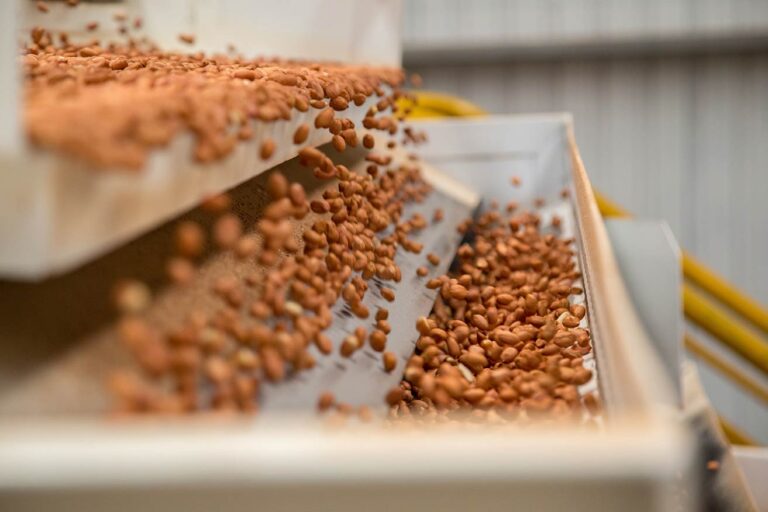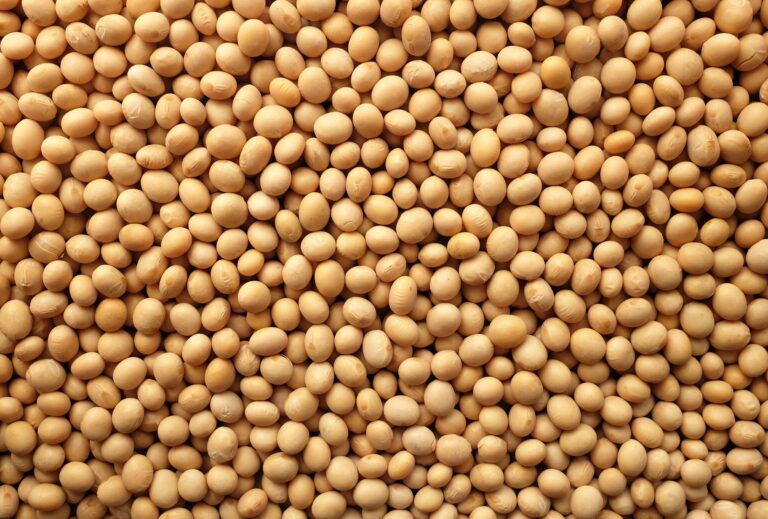Chicken tenders over the decades
The origins of chicken tenders are debated among experts, and media perpetuates a range of “inventions” from the 1950s through the 1970s. Regardless of when this small part of the chicken started being served up as tasty fried finger food, what is known is that Urner Barry (now Expana) started quoting this part of the chicken in January 1989.
The name “chicken tenders” is often used interchangeably with the names for “chicken fingers” or “chicken strips”. However, chicken fingers or strips are generally composed of strips of breast meat, while tenders refer to the thin muscles that lay underneath the breast. Like wings or legs, chickens always only have two tenders, and recent scientific literature that describes part yields of the chicken finds that the tenders are generally 5-6% of chilled carcass weight, making it one of the more limited items. Despite the limited availability of this item, it took a little while for tenders to become popular enough to become a product that generally has a higher price tag than boneless breast meat. From 1989 to 1994, tender quotations averaged approximately $0.19 lower than jumbo boneless breast meat quotations. From 1994 to 2004, that spread had decreased so that quotations for tenders were only $0.05 lower than those of jumbo boneless breast meat. The following decade a reversal in the norm occurred with tender quotations averaging $0.01 higher than breast meat quotations. The value of the chicken tender in comparison to chicken breast meat really surged in this past decade which is exemplified by the difference in quotations between tenders and breast meat averaging $0.35 with a period in August 2022 in which tender quotations were $1.21 higher.
Part of the driver in the shift in value of chicken tenders compared to boneless breast meat is likely the changes to the physiology of broilers due to advancements in genetics, nutrition, and management practices. These have allowed for great gains in breast muscle size in the birds, while tenders, as mentioned previously, remain a very limited portion of the harvest. Another potential factor though was the surge in boneless beef prices in this past decade with average quotations for fresh 90% lean beef trimmings increasing by 35%. This is a line that is regularly used to create beef patties for fast food restaurants, so the large increase in prices may have triggered a shift in consumer habits to eat more tenders at fast food locations compared to burgers. Whatever the reason, tenders have worked their way up from a cut that was looked at in a somewhat mediocre light to become a top performer in the chicken complex. Even in today’s market with tender quotations falling sharply, jumbo tender quotations remain $0.32 above jumbo breast meat quotations and small tenders are the most expensive item quoted by Expana.
Foodborne outbreaks and the turkey market
Over the past couple of weeks, issues concerning the perceived safety of several deli items at retail following an ongoing CDC investigation into a Listeria outbreak have impacted the turkey market, despite turkey meat not being a recalled item. The purpose of this piece is to briefly describe a handful of foodborne illnesses relating to turkey products and discuss the potential market impacts of an outbreak.
Some of the pathogens involved in foodborne outbreaks that have been associated with turkey products within the past ten years are different serotypes of Campylobacter, Clostridium, Norovirus, Salmonella, and Staphylococcus. Campylobacter, Clostridium, and Salmonella are bacterial pathogens that are commonly found in the gastrointestinal tract of several types of poultry. Staphylococcus is also a bacterium, but it, along with the viral pathogen Norovirus, often enters foods via human contamination. The CDC National Outbreak Reporting System (NORS) describes foodborne outbreaks from 1971 to 2022. There were no Listeria outbreaks associated with turkey from 2012-2022 and only five outbreaks since 1971. The current Listeria outbreak does not include any turkey items. According to the CDC, all the listed pathogens can be killed by making sure turkey meat is properly heated to 165 degrees Fahrenheit.
In the past, major foodborne outbreaks involving turkey production have had little noticeable impact on wholesale turkey prices. For example, one of the most recent major outbreaks involving turkey occurred when 358 consumers who purchased ground turkey or pet food containing raw turkey became infected with Salmonella Reading from November 2018 to February 2019. During this time frame, quotations for fresh turkey drums, a common component of ground turkey, decreased by -5.71%, when the 10-year average change at that time (2010-2019) was a decrease of -13.66%. This suggests that any consumer buying hesitancy didn’t play a big role in changing quotations at that time. The current Listeria outbreak, however, is playing out a bit differently. Since the investigation into the outbreak officially began on July 19th, quotations for fresh tom breast meat have dropped -6.36%, when the 10-year average change in quotations during this period is a 3.07% increase. Despite turkey meat not being included in the contaminated items in this outbreak, it is perceived by some as “guilty by association.” While the change in distribution of fresh packaged turkey lunchmeat from July to September of this year is like that of the 3-year average, retailers have slowed down purchasing of fresh turkey breast meat. This has resulted in more offerings being available on the market, which has influenced several processors to lower their asking prices.
U.S. egg prices stabilize after September slump
U.S. shell egg prices ended a four-week decline on Friday, with Midwest Large eggs dropping by 51.1% to $2.12 per dozen due to weak retail demand and increased production. During the summer, major retailers used eggs as a loss leader to attract inflation-conscious consumers, leading to unseasonably strong demand for this affordable, high-protein food.
Typically, egg production slows in summer as producers cycle flocks for the holiday baking season. At the same time, avian flu outbreaks in July drove production down to its lowest August level in a decade, with just 303 million layers reported by the USDA. This supply restriction pushed wholesale prices to an August record $4.52 per dozen, which contrasts sharply with a ten-year August average of $1.39.
Despite soaring wholesale prices, many retailers delayed passing costs to consumers to maintain demand. By September, higher costs began reaching store shelves, leading to a significant drop in consumer demand. Retail prices, still ranging from $3.50 to $5.00 per dozen, remain elevated, despite wholesale prices dropping to the low $2.00 range as grocers aim to regain lost margins.
High retail prices have kept demand subdued, though recent price decreases are spurring some movement. Strong demand from Canada, preparing for its Thanksgiving holiday, has also helped clear surplus inventory, stabilizing prices.
Despite the recent stabilization, stakeholders remain cautious as several challenges loom over the market. Ongoing concerns about the potential resurgence of avian flu continue to pose a threat to production levels, particularly as fall migration gets underway and the industry heads into the high-demand holiday season. Additionally, the aftermath of Hurricane Helene could lead to short-term replenishment needs, especially in areas affected by supply chain disruptions.
Meanwhile, reports of consumer stockpiling driven by port strikes have added another layer of complexity, as fears over access to grocery and household essentials grow. Together, these factors could influence market dynamics in the coming weeks, requiring close monitoring by producers, retailers, and processors alike.
For further insights, please watch our most recent meat webinar replay.



